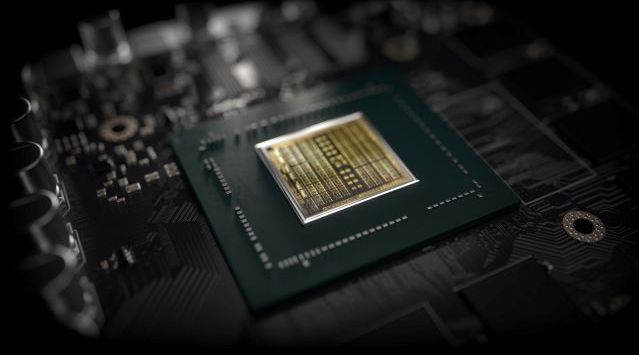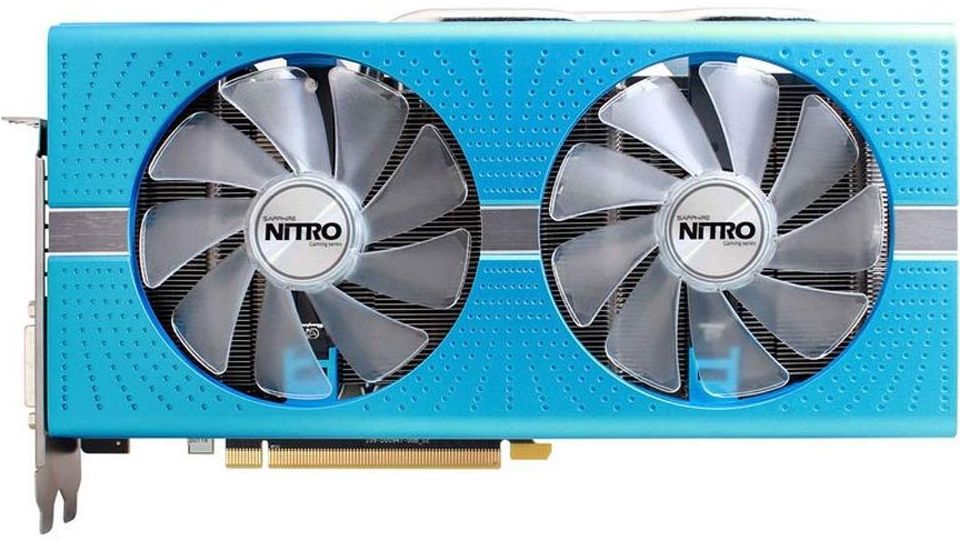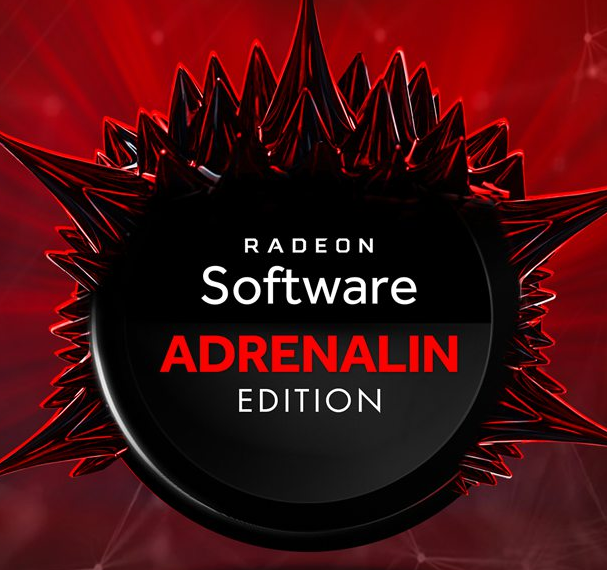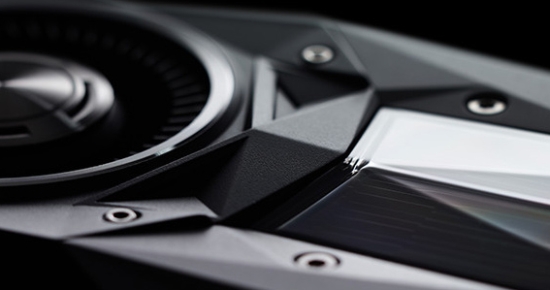NVIDIA has introduced a new graphics card: the GeForce GTX 1660 Ti. It is built on the 12th generation Turing architecture and is able to perform twice the number of operations per second than Pascal, while consuming less energy. When compared with the GTX 1060 graphics card with 6 GB of DDR5 memory, the performance increase is up to 50%.
Although it has some similarities with its predecessors, the NVIDIA GeForce GTX 1660 Ti graphics card is different from all other Turing based graphics cards that have been released to date. The fact that the card has the GeForce GTX brand name, not GeForce RTX, hints at the biggest difference – the GeForce GTX 1660 Ti does not support NVIDIA RTX technology for real-time ray tracing. NVIDIA GeForce GTX 1660 Ti supports simultaneous execution of integer and floating point operations, a unified triple L1 cache architecture, and a new adaptive shading technology (variable speed shading) for improved performance. GeForce GTX 1660 Ti graphics card is also equipped with the latest NVENC video engine. Turing offers real-time HEVC 8K30 HDR encoding, as well as VP9 10/12b HDR and HEVC 444 10/12b HDR decoding. The Turing architecture performs 1.5 times more instructions per cycle and consumes about 40% less energy than Pascal. With a power consumption of just 120 watts, the GTX 1660 Ti graphics processor provides the highest performance per watt among its class.
The NVIDIA GTX 1660 Ti also includes the GeForce Experience application, which makes gaming more comfortable and provides such unique features, such as:
NVIDIA Highlights – automatically records the best gaming moments.
NVIDIA Ansel which allows gamers to make unique in-game photos.
NVIDIA Freestyle which allows gamers to change the visual style of the games.
The GeForce GTX 1660 Ti graphics card has a TU116 graphics processor with 1536 CUDA cores, which is a relatively different compared to any other Turing-based offer in the NVIDIA line-up. TU116 consists of approximately 6.6 bilions transistors and has a die size of 284 mm2, which for reference is 161 square millimeters smaller than the TU106 GPU used in GeForce RTX 2060 and 2070. It has a 6 GB of new GDDR6 12 GB/s memory with a base clock frequency of 1500 MHz and frequency of 1770 MHz in Boost mode. If necessary, there is the possibility of even greater acceleration. It has one 8-pin connector to provide additional power supply. The NVIDIA’s Turing-based GPUs have double the amount of L2 cache versus their predecessors and the L1 cache has been outfitted with a wider memory bus that ultimately doubles the bandwidth. There is more total L1 cache and shared memory as well, and the overall cache configuration has been changed to be more symmetrical.
The NVIDIA GeForce GTX 1660 Ti graphics card allows you to run popular online games such as Fortnite, PUBG and Apex Legends at 120 frames per second at 1080p resolution. The performance of the NVIDIA GeForce GTX 1660 Ti graphics is much faster than the GTX 1060. It is comparable to GTX 1070 and is only 10% behind GeForce GTX 1080 and Vega 64.
When overclocked, this graphics card can be easily overclocked to 2100 MHz on core clock with a data transfer rate of 12.3 Gbit/s. It results in a real-time increase in performance of 4.3% to 6.6%. The temperature of the TU116 graphics processor at idle is in the range of 86 °F (30 degrees Celsius). And at constant load, even when the graphic processor is overclocked to 2100 MHz, the temperature of the GPU did not even reach its peak.






